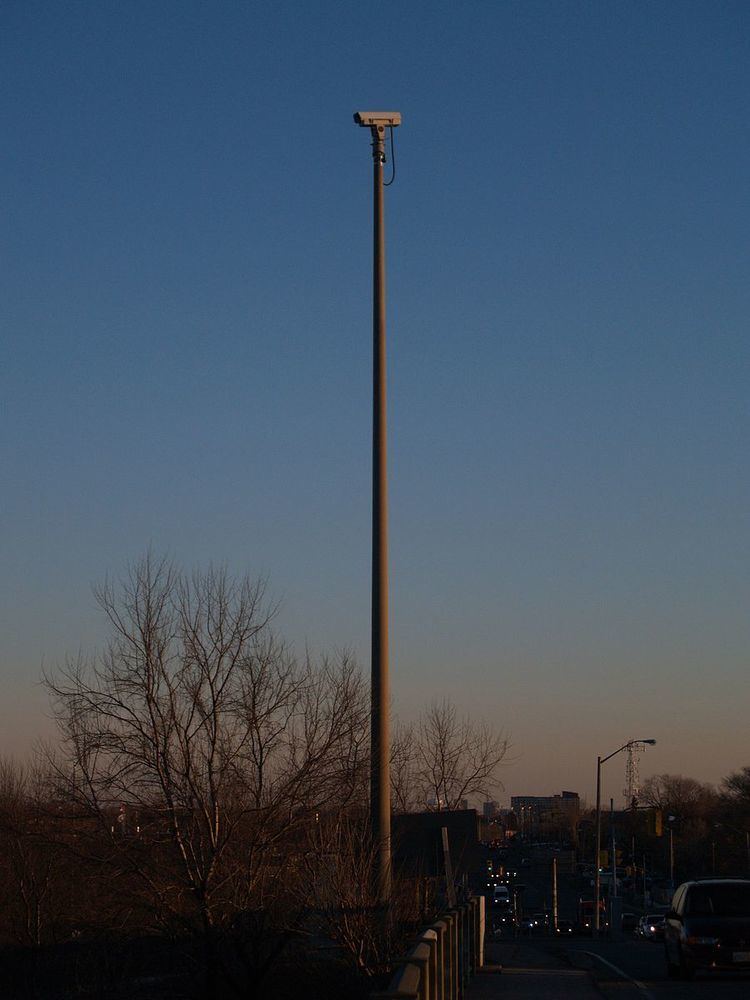 | ||
Traffic reporting is the near real-time distribution of information about road conditions such as traffic congestion, detours, and traffic collisions. The reports help drivers anticipate and avoid traffic problems. Traffic reports, especially in cities, may also report on major delays to mass transit that does not necessarily involve roads. In addition to periodic broadcast reports, traffic information can be transmitted to GPS units, smartphones, and personal computers.
Contents
Methods of gathering information
There are several methods in use today to gather traffic speed and incident info, ranging from professional reporters, to GPS crowdcrowding to combinations of both methods.
Methods of transmitting information
Providers
References
Traffic reporting Wikipedia(Text) CC BY-SA
